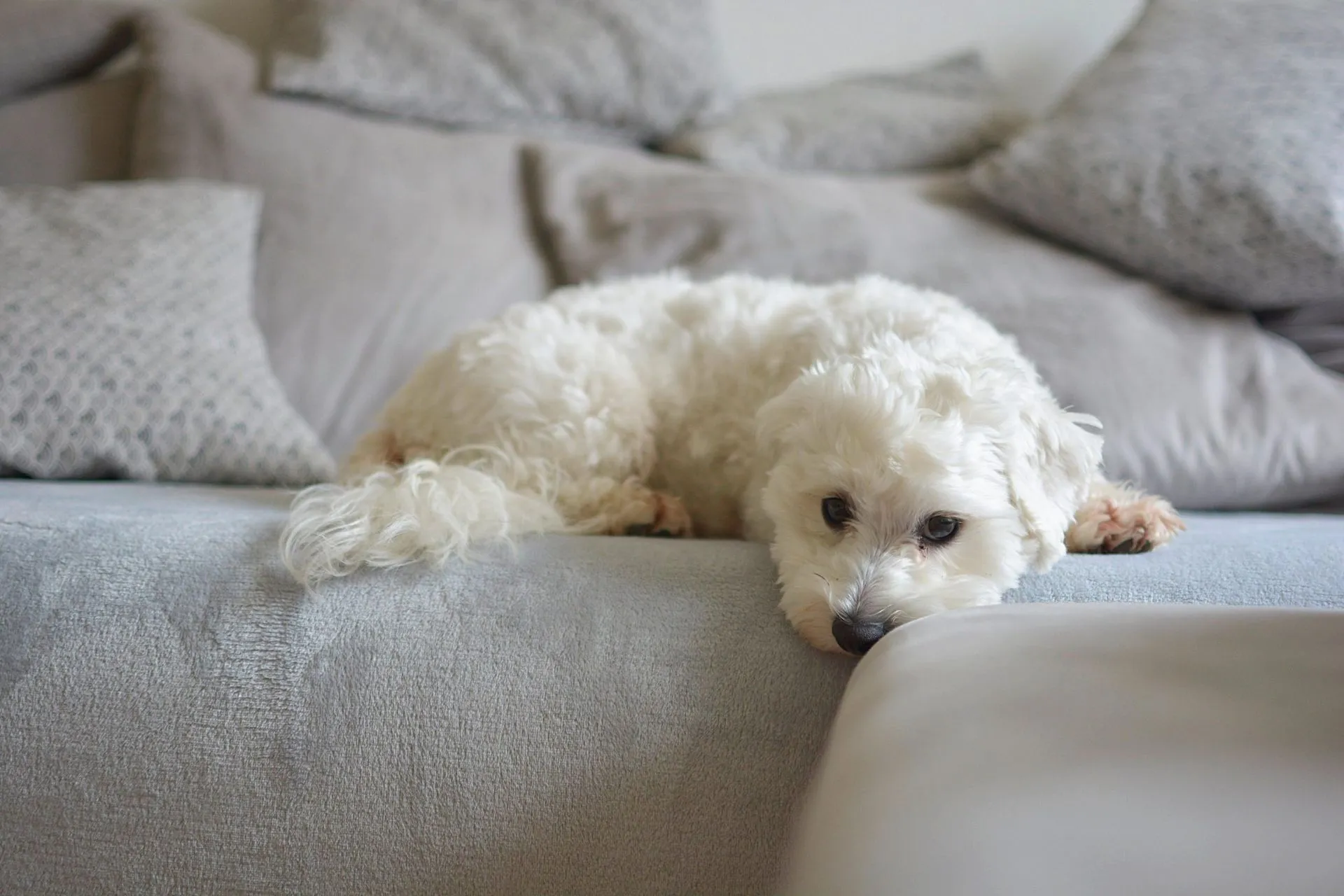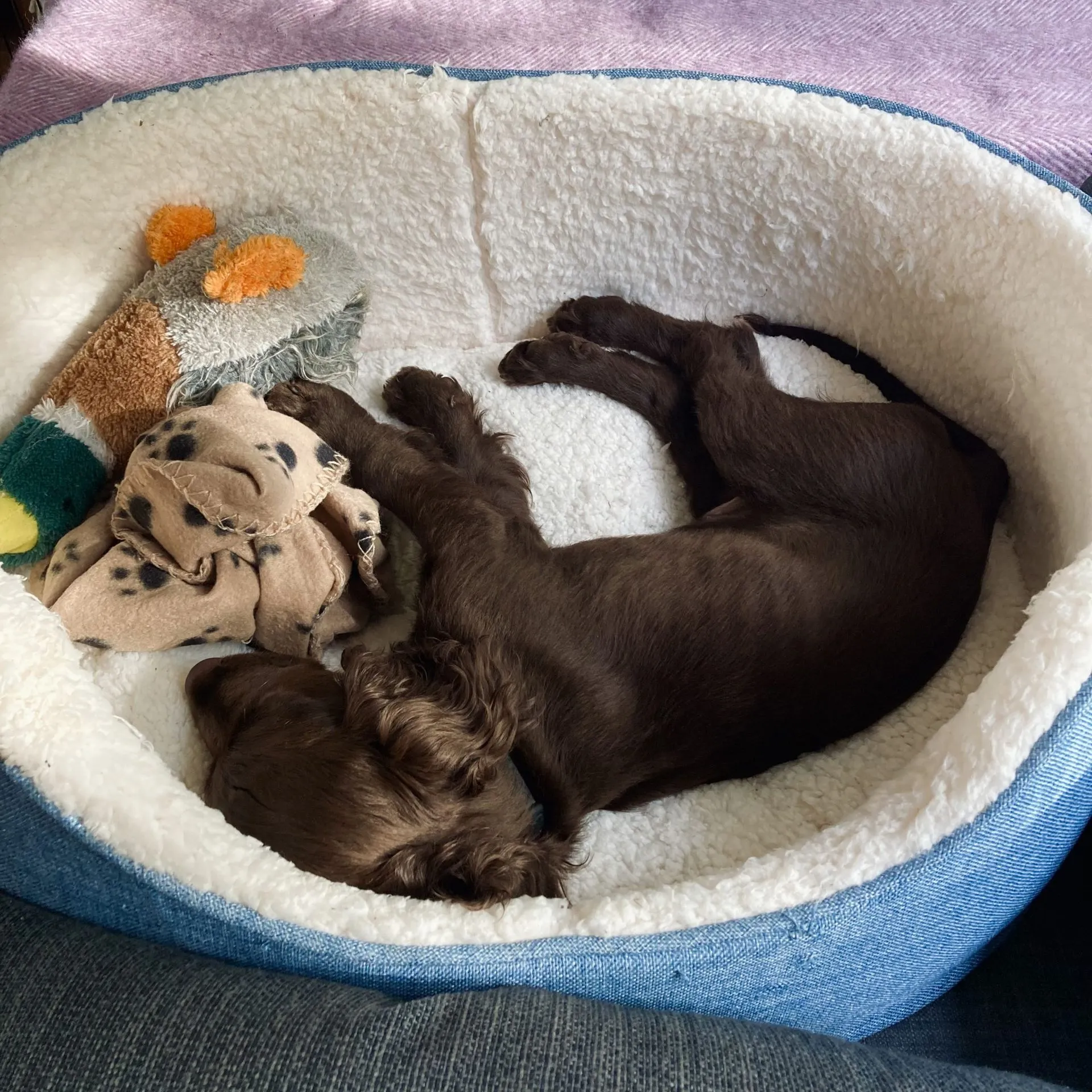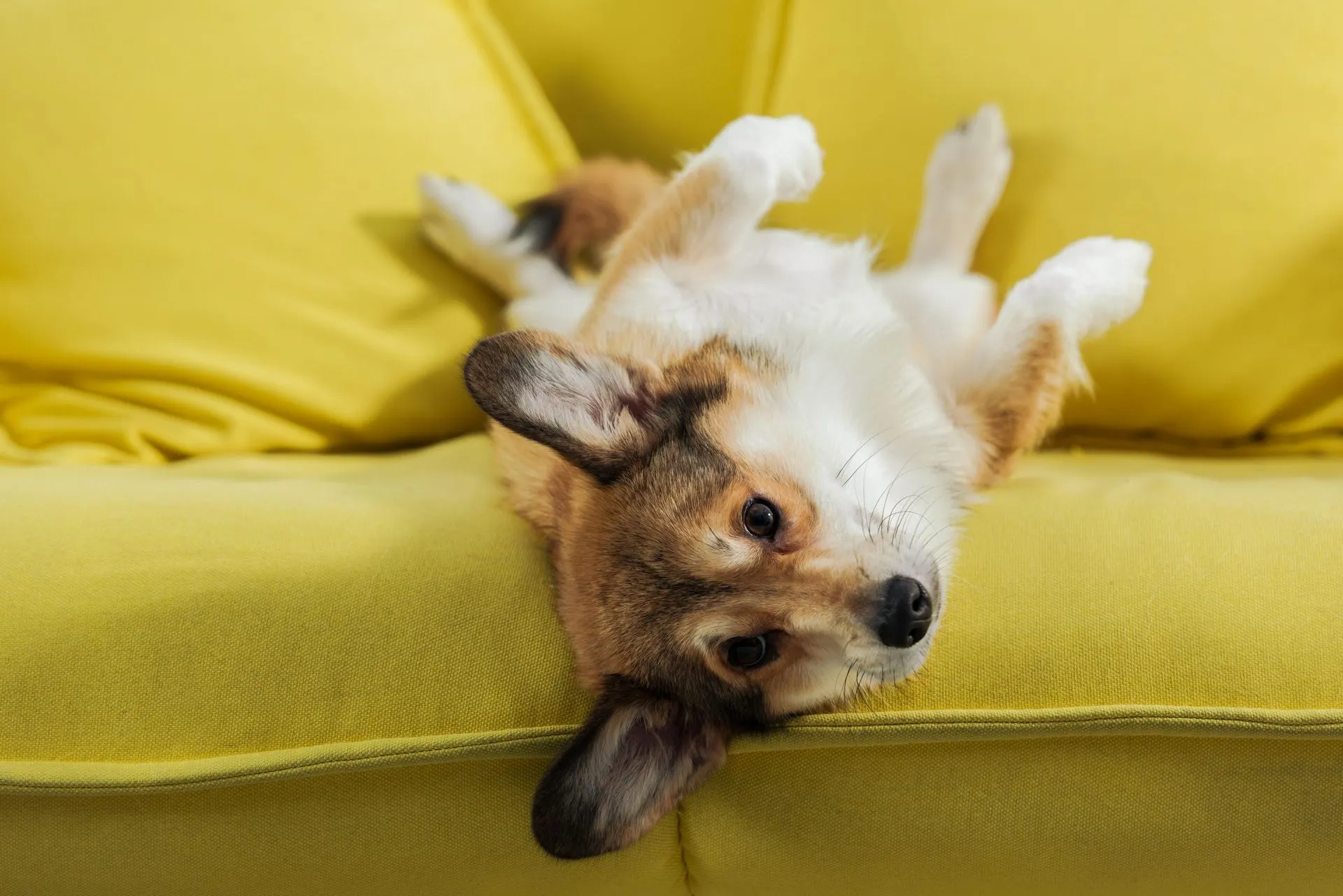Sharing your home with a beloved puppy brings immense joy, warmth, and countless memorable moments. However, establishing clear boundaries is crucial for a harmonious household, especially concerning where your furry friend is allowed. One common challenge many puppy owners face is preventing their energetic companions from jumping onto the sofa, often seeking comfort, attention, or just exploring their environment. While a spontaneous cuddle on the couch might seem harmless, allowing this behavior without invitation can lead to issues, particularly when guests visit, or your puppy is wet and muddy. Understanding how to manage this habit early is key to maintaining a well-behaved dog and a peaceful home. This guide will walk you through effective strategies on how to stop my puppy jumping on the sofa and reinforce desired behaviors.
Understanding Why Your Puppy Jumps on the Sofa
Puppies jump on the sofa for a variety of reasons. Often, it’s an attention-seeking behavior; they’ve learned that getting on the couch often leads to cuddles, playtime, or at least a reaction from you. It could also be a matter of comfort, as sofas are typically soft, warm, and elevated, offering a different perspective than the floor. Sometimes, it’s simply exploration or an instinct to be close to their human pack. If you’ve previously allowed your puppy on the sofa, even occasionally, you’ve inadvertently taught them that it’s an acceptable place to be. This inconsistency makes it harder for them to understand boundaries later on, leading to frustration for both you and your puppy. Addressing this behavior requires a clear, consistent approach rooted in positive reinforcement.
Five Effective Steps to Keep Your Puppy Off the Sofa
Successfully teaching your puppy to stay off the sofa involves consistent training, clear communication, and providing attractive alternatives. Here are five practical steps to guide you:
1. Provide an Attractive, Designated Bed
The first and most crucial step is to offer your puppy a comfortable, appealing alternative to the sofa. This isn’t just any bed; it should be a place where they feel secure, calm, and relaxed. Place their bed in locations where you spend time, such as the living room, so they can still feel included without being on the furniture. When you enter a room, bring their bed with you and encourage them to go to it.
Teach your puppy a specific command, like “bed” or “place,” combined with a hand direction pointing to their bed. When they go to their bed, reward them immediately with praise and a treat. This creates a positive association with their designated spot. If your puppy attempts to leave their bed or jump towards the sofa, use a firm “leave it” command and redirect them back to their bed. Consistency here is vital for them to understand where they are expected to be. This method is effective for how to stop my dog from jumping on the couch by providing a clear alternative.
 A dog attentively watching its owner near a sofa, demonstrating good focus
A dog attentively watching its owner near a sofa, demonstrating good focus
2. Reinforce Basic Commands and Revisit Foundation Training
If your puppy isn’t consistently responding to commands like “bed” or “leave it,” it indicates a need to revisit their foundational training. They may not fully understand the instructions, or the commands haven’t been adequately reinforced. Take a step back and practice these basic commands in a less distracting environment before reintroducing them in the living room setting.
A helpful routine involves holding your puppy’s bed, asking them to sit, then placing the bed in the desired area. Call your puppy to their bed (individually if you have multiple dogs) and reward them with a small piece of kibble or a favorite treat for complying. This repetition reinforces that their bed is a good, positive place to be, regardless of its location. This approach also comes in handy when you’re away from home. Bringing a familiar scent or an actual dog bed can help your puppy settle into new surroundings, recognizing their own space. This strategy is also useful for broader behavior control, much like learning how to keep your dog from jumping up on people.
 A comfortable cocker spaniel puppy sleeping peacefully in its basket
A comfortable cocker spaniel puppy sleeping peacefully in its basket
For instance, when visiting friends or staying at a hotel, using a small, familiar mat or blanket as their designated spot can provide a sense of security and a clear boundary. This ensures your puppy remains calm and settled, respecting others’ spaces and your rules. It also prevents the undesirable habit of them assuming they can jump on any furniture in unfamiliar environments.
3. Consistency is Key: Avoid Mixed Signals
One of the biggest obstacles in training is inconsistency. If you sometimes allow your puppy on the sofa and other times prohibit it, you send mixed signals, making the training process much harder. Your puppy won’t understand the rules if they keep changing. They will expect to be on the sofa, rather than waiting for an invitation.
Dogs thrive on clear, predictable rules. If the sofa is off-limits, it must always be off-limits, or only by explicit invitation. This consistent boundary helps build respect and a stronger partnership between you and your puppy. When all members of the household adhere to the same rules, the puppy learns faster and exhibits more compliant behavior across different situations, from staying off furniture to behaving well on walks.
4. Practice Makes Perfect: Consistent Training Regimen
Changing an established behavior, especially if your puppy has always been allowed on the sofa, requires dedicated and consistent practice. Treat it like any other training exercise. Regularly allocate time to practice the “bed” or “place” command.
If your puppy is on the sofa, gently lure or guide them off, point to their bed, and give the command “Bertie, in!” (or whatever your puppy’s name is). Reward them enthusiastically when they go to their bed. If they resist, it’s a sign that they need more foundational training on what the command means and that it leads to a positive outcome. Make sure the reward is highly desirable, reinforcing the idea that their bed is a good place to be. This consistent effort is paramount for how to stop dog from jumping on sofa effectively.
 A focused dog sitting calmly, awaiting a reward during a training session
A focused dog sitting calmly, awaiting a reward during a training session
5. Manage Excitement and Environmental Stimuli
Sometimes, a puppy’s excitement level can be too high for them to listen to commands effectively. If your puppy is overly excitable, jumping around, and unable to settle in their bed, it’s a clear indication they’re not ready for that particular environment, especially with distractions like guests, food, or drinks.
In such scenarios, it’s best to remove your puppy to a calmer, less stimulating area, or to restart the training in a controlled manner. Place a highly desirable food reward near their bed while they are in it, encouraging them to sit and focus on the treat. Gradually, increase the duration they stay in their bed, rewarding them periodically. This teaches them that by staying calm in their designated spot, rewards will come. Over time, your puppy will learn to ignore distractions, understanding that remaining in their bed leads to positive reinforcement, whether it’s a treat, praise, or an ear scratch. This patient approach is critical for all aspects of puppy development, including aspects like how to train puppy for emotional support where calm and focus are paramount.
Conclusion
Teaching your puppy to stay off the sofa is a fundamental aspect of establishing good house manners and clear boundaries. By providing an attractive alternative bed, reinforcing basic commands, maintaining unwavering consistency, practicing regularly, and managing their excitement levels, you can effectively guide your puppy toward desirable behavior. Remember, patience and positive reinforcement are your most powerful tools. With these strategies, you’ll not only keep your sofa free from muddy paws but also foster a more respectful and harmonious relationship with your well-behaved companion. Start implementing these steps today to enjoy a more peaceful and tidy home.
